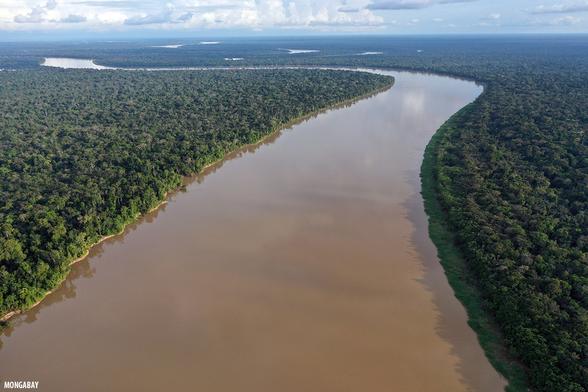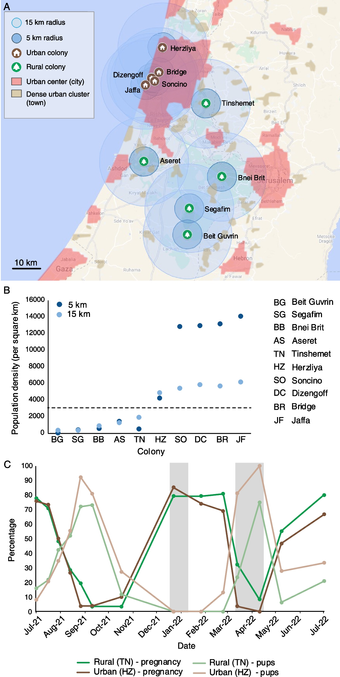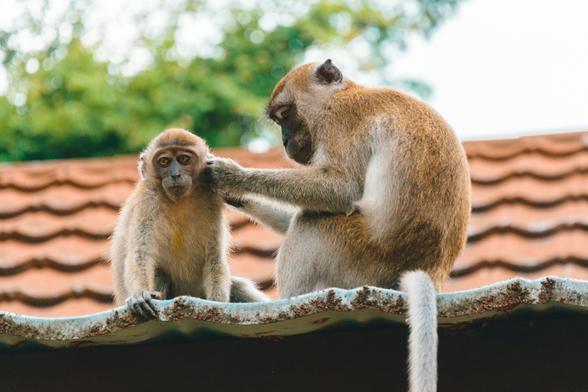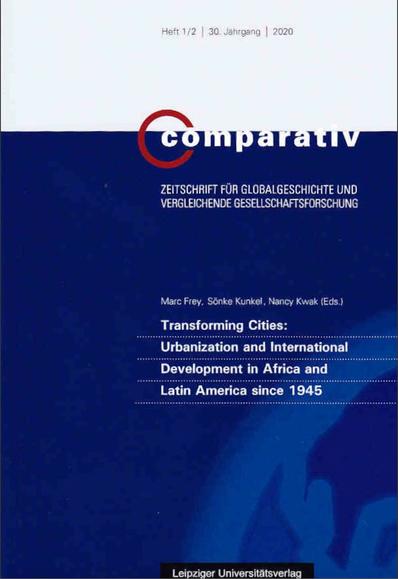Africa: Air Quality in Africa: Challenges, Impact, and Innovative Monitoring Solutions: [InfoWire] Africa is facing an increasingly urgent crisis in air quality, leading to devastating effects on the public health and the environment. Due to the continent's rapid urbanization and industrialization, harmful pollutants are found in living areas like schools and work environments. This article will look at… http://newsfeed.facilit8.network/TJjzTg #AirQuality #Africa #PublicHealth #EnvironmentalImpact #Urbanization
Recent searches
Search options
#Urbanization
Stories from #TheAmazon, #Kenya and #Zimbabwe
#WorldWaterDay: 3 stories of #resistance and #restoration from around the globe
Kristine Sabillo, 21 Mar 2025
"More than 2 billion people around the world live without access to safe drinkable water, as rivers, #groundwater, lakes and #glaciers face continued threats of #pollution and overexploitation due to #urbanization, #EnvironmentalDestruction, and #ClimateChange .
"This World Water Day, #Mongabay looks back at some of its coverage from 2024 on how local communities are trying to protect the world’s dwindling water resources."
https://news.mongabay.com/short-article/world-water-day-3-stories-of-resistance-and-restoration-from-around-the-globe/
#WaterSecurity #WaterIsLife #RiversAreLife #OceansAreLife #Wetlands #Marshes #Rivers

Africa: Artificial Intelligence and the Future of Smart Cities in Africa: [ACSUS] Artificial Intelligence (AI) has established itself as a transformative force and is poised to play a pivotal role in shaping the future of smart cities across Africa. The integration of AI in Africa is a topic of increasing interest, offering both promising opportunities and formidable challenges. In an epoch of… http://newsfeed.facilit8.network/TJFNqR #ArtificialIntelligence #SmartCities #Africa #Urbanization #Technology
Vertebrate Diversity In Stormwater Sewer Systems Of Alachua County, Florida
--
https://www.eaglehill.us/URNAonline2/access-pages/075-Ivory-accesspage.shtml <-- shared paper
--
[not NYC, but Florida, a fascinating Friday afternoon read for me…]
--
#urbanization #urbanisation #animal #Vertebrate #Diversity #StormwaterSewerSystems #AlachuaCounty #Florida #humaninpacts #urbananimals #subterranean #tunnels #monitoring #cameratraps #anthropogenic #mapping #spatial #spatialanalysis #amphibians #reptiles #birds #mammals #raccoons #alligator #urban #urbanplanning
Fascinating #OneHealth study on the effects of #urbanization on #bat reproduction: Urban fruit bats give birth earlier in the season compared to rural fruit bats
Pop-sci article: Due to 'the good life' in the city, urban bats give birth earlier than rural bats
Prof. Yovel explains, "Fruit bats living in cities benefit from favorable environmental conditions, including higher temperatures due to the 'urban heat island' effect and greater food availability, primarily from ornamental fruit trees irrigated year-round." ... However, the researchers emphasize that it remains unclear whether the bats are shortening their pregnancies (a capability known in some bat species) or becoming pregnant earlier. They add that the study opens the door to further research on how urbanization affects mammalian reproductive patterns in general and bats in particular, and how these findings can be used to protect other species in changing ecosystems.
The picture of the momma bat in flight carrying her pup beneath her is so cute! looks like tandem skydiving

New study highlights the impact of rapid #urbanization on the emergence of #zoonotic #diseases.
#epidemiology #infectious_disease
https://phys.org/news/2025-02-highlights-impact-rapid-urbanization-emergence.html

The "#UrbanLifestyle" is a major contributor to #climatedisaster ... it, and #IndustrialSociety generally, DESERVE Rats
"#ClimateChange Is Helping Fuel an Urban Rat Boom"
https://www.bloomberg.com/news/articles/2025-01-31/climate-change-is-helping-fuel-an-urban-rat-boom #Urbanization
Africa: Financial, Fiscal, and Budgetary Planning Crucial for African Cities: [Africa Renewal] To manage rapid urbanization effectively, African cities must enhance fiscal strategies and broaden revenue sources. http://newsfeed.facilit8.network/THg63M #Africa #Urbanization #FiscalPlanning #Budgeting #CityDevelopment
Fighting against Urban Air Pollution: #mexicocity and its Participation in Early Monitoring Networks – The Case of the Pan American Air Monitoring Network (1967-1980).
Some of this feedback had already made its way into the paper when I submitted it for a special double issue of #Comparativ on Transforming Cities: #urbanization and International #Development in #africa and #latinamerica since 1945, edited by Marc Frey, Sönke Kunkel, and Nancy Kwak. https://www.comparativ.net/v2/article/view/3036 2/4

It feels like ages ago that I attended the Transforming #Cities: #urbanization and International #development Policies in the #GlobalSouth in the Twentieth Century #conference organized by #unibwm and #FUBerlin in the #grunewald district of #berlin (see photo), where the event was held at the European Academy. The #conference featured a lot of fascinating #talks and I also received a lot of constructive and useful #feedback for my #presentation on 1/4
Shanghai's transformation is mind-blowing! From a few notable buildings in 1990 to a stunning skyline with skyscrapers in 2020. What a difference 3 decades make!
#Shanghai #Urbanization #China
Tatu City: Kenya's model for African urbanization http://newsfeed.facilit8.network/THJp98 #TatuCity #Kenya #Urbanization #Nairobi #AfricanUrbanization
Africapolis is a research and data visualization tool used to map, analyze, and understand urbanization and urban growth in Africa (repost) #urbanization
This is the spillway from the #RiverExe into the #channel. The #engineers who designed and built it had foresight to see the future effects of #GlobalWarming, #Urbanization, changes in #CatchmentAreas and so on. It is by no means an easy task but I hazard a guess that they may have to revisit this and other flood-relief measures along the #River.
1979 Futuristic Urban Skyways
This drawing depicts a futuristic cityscape, with several large airships or "skyways" floating above the buildings. The architecture of both the skyways and the skyscrapers has an intricate, almost mechanical design, suggesting advanced technology in use.
The style is reminiscent of steampunk aesthetics combined with modern urban elements. It evokes a sense of anticipation for future possibilities while reflecting on contemporary concerns about environmental impact or overpopulation within cities.
The artwork does not contain any discernible text besides the possible title provided here.
Tags: futuristic, skyways, airships, steampunk, architecture, urbanization
https://nocontext.loener.nl/fullpage/11-November1979-Page-148.png
1/2 Dr Peter Hotez warns: “The next big coronavirus pandemic is coming – the fourth one. I can’t tell you if it’s going to be next year or five years or 10 years, but it’s coming,” he warned.
“The reason why we’re seeing more and more of this is, in part, because of climate change and urbanization – human migrations encroaching into territories where bats are. It’s a combination of climate change with other social determinants.”
Hotez is co-director of the Center for Vaccine Development at Texas Children’s hospital and dean of the National School of Tropical Medicine at Baylor College of Medicine in the US
#Coronavirus #pandemicrisk #pandemic#zoonotic #climatechange #urbanization
https://www.theguardian.com/world/2022/dec/23/covid-cases-death-rate-risk-peter-hotez



